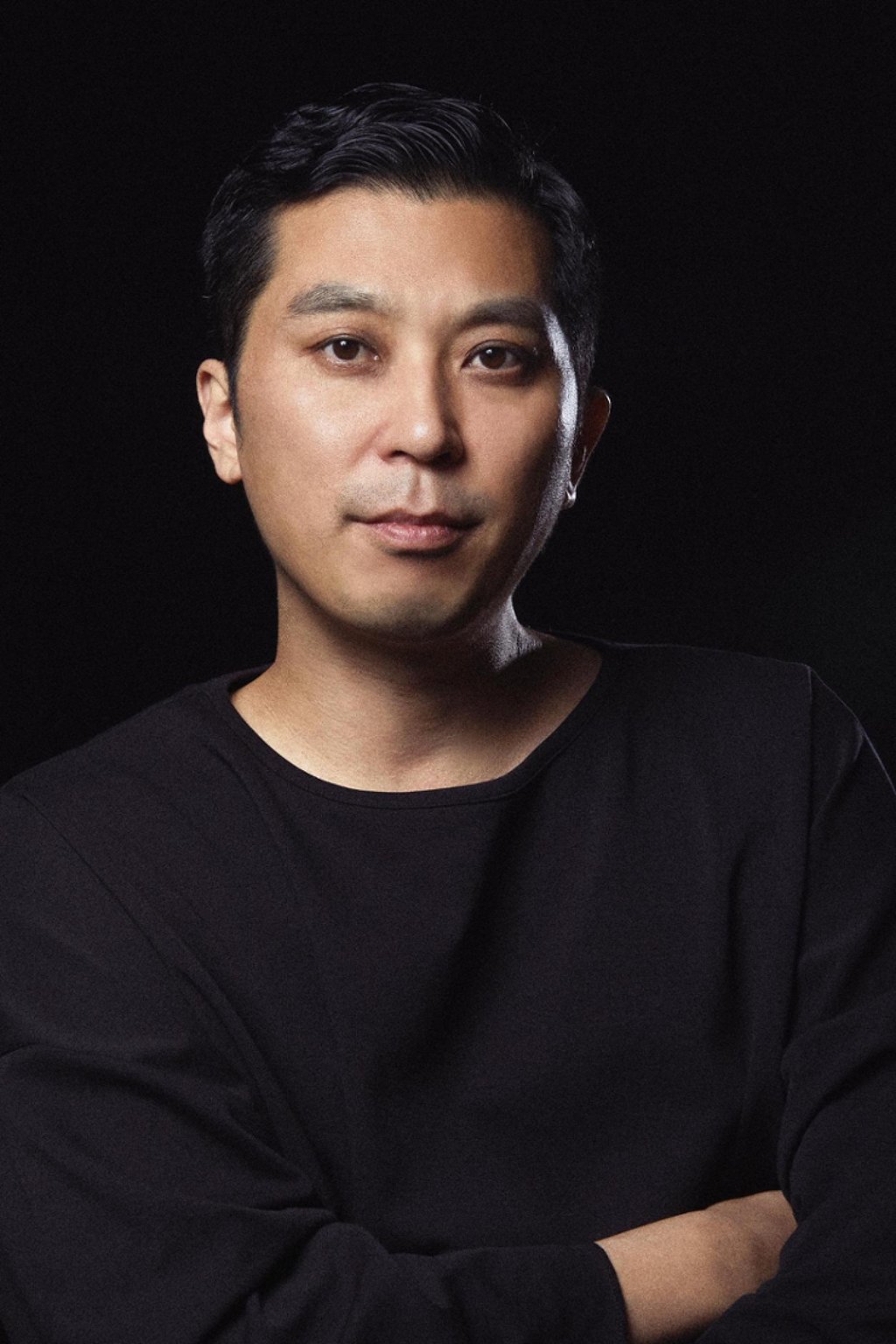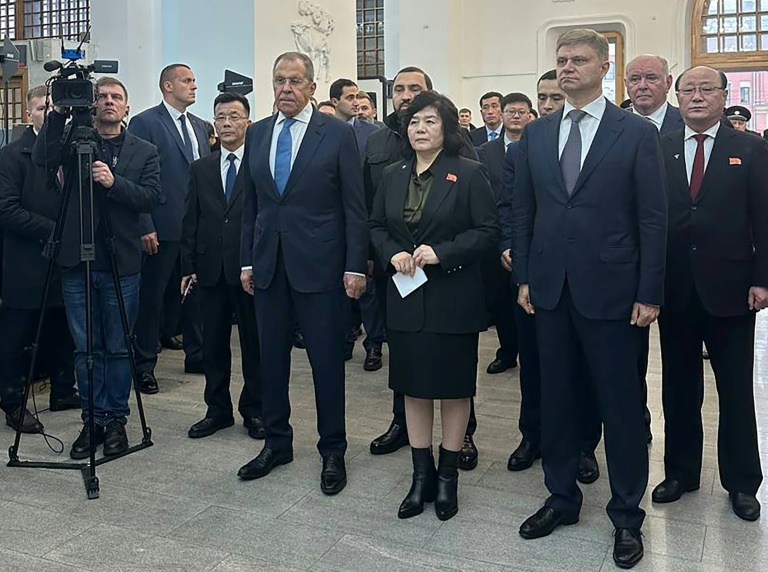The residents, cut off from the outside world, must fight monsters in their struggle to survive – including ones of their own making. The story is based on the premise that monsters are made from people’s deep-seated desires.
The series’ director, Lee Eung-bok, described the daunting task of creating the first-ever K-creature series, noting that the process was far more challenging than he initially imagined.
“When I first read the webtoon, I was so hooked and thrilled about adapting it. As we developed the story, the staff and I were constantly worried about whether we were doing it justice. It was incredibly difficult and daunting,” Lee says of his five-year journey.

“In the first season, we focused more on interior scenes and didn’t use many action sequences. We hired a Hollywood visual effects team, but in the second and third seasons, when we expanded the story to outdoor settings, we used Korean technology to create scenes where the monsters attack humans.
“Unlike a Hollywood team with established know-how, since we had to create monsters from scratch, the whole process has been a challenge.”
The show’s apocalyptic environment was created using computer graphics and a large number of creatures were designed and animated by Korean staff.
While the series has been lauded for pioneering Korean-made creature content and visual effects, the final season has garnered mixed reactions from audiences and experts. Some have criticised the rushed ending, while others have pointed out that the story is not as tight as it was.

Within the monster horror genre, Lee says, it is often shown that our humanity is what keeps us from becoming monsters.
“I thought human compassion would emerge as people clashed, and I wanted to portray that,” the director explains.
“I heard that there are many plans for more K-creature films featuring monsters and possession, but I believe that the narrative is crucial. Creating monster characters that are supported by the narrative should be the top priority,” says Lee.

“However, because it is a time-consuming and expensive endeavour, I believe we must proceed gradually, step by step. In that sense, I hope that Sweet Home, while not the first of its kind, will serve as a valuable reference point and lead to significant advancements.”







